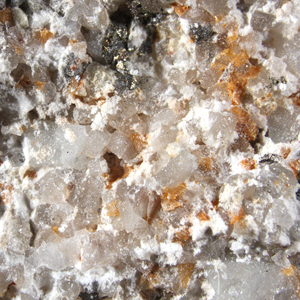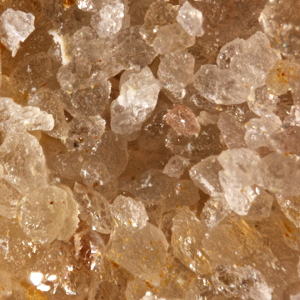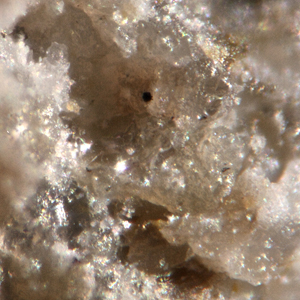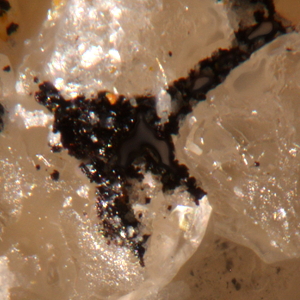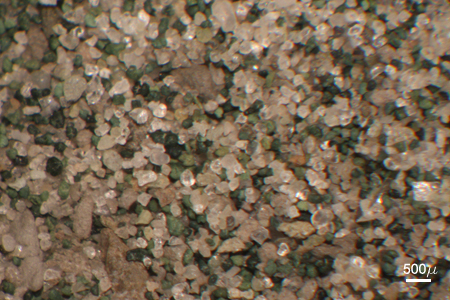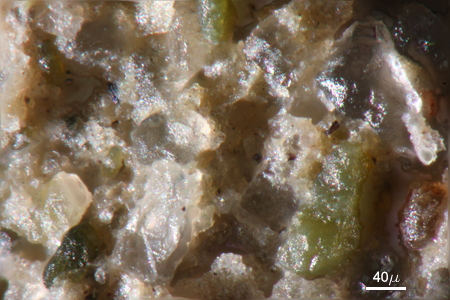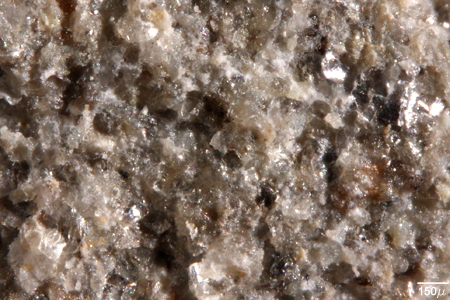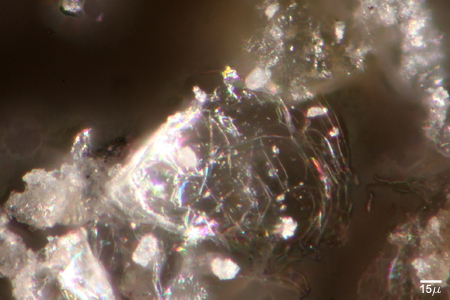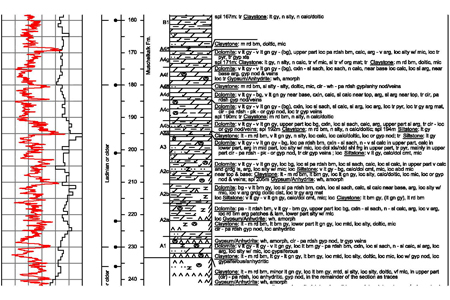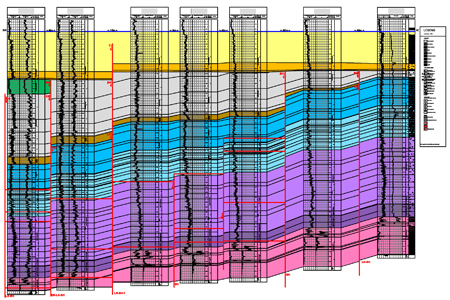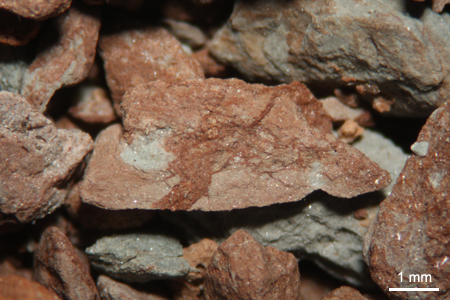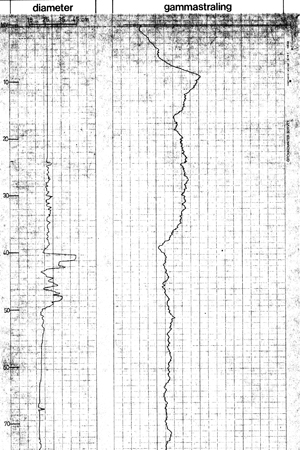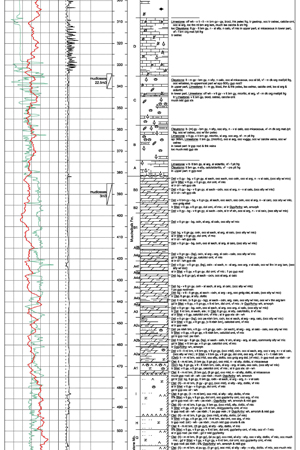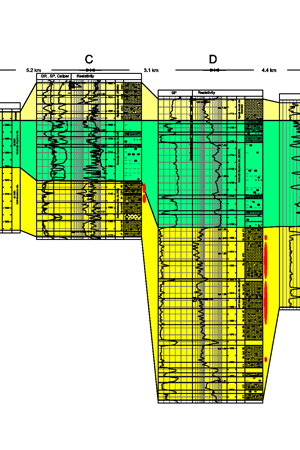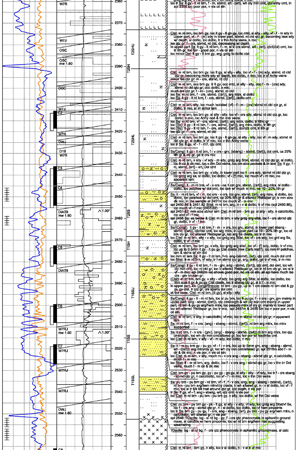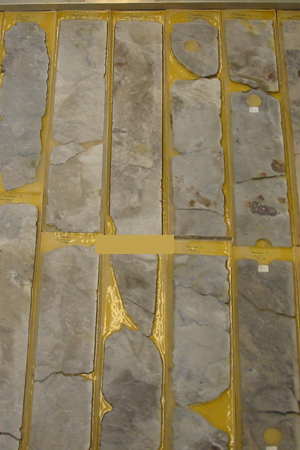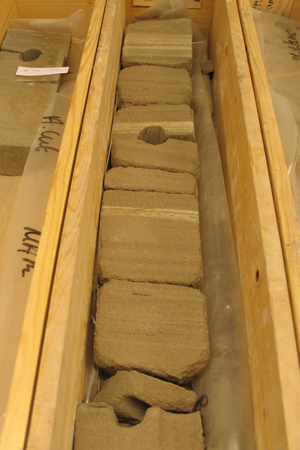Geowulf is a geological service company specialising in stratigraphy, lithostratigraphy and petrography. Our special expertise lies in combining microscopic analysis of core and cuttings samples with wireline and other data. We advise on reservoir qualities and stratigraphical problems; We can build you a 4D geological model, or perform QC on studies from third parties.
With the most modern incident light optical stereo microscopy it is possible to view details of 5 – 10μm including colours and texture. As a result, we can study porosity, cement types, and diagenetic sequence semi-quantitatively in 3D view. This will enable us to help you answer your reservoir questions.
For general stratigraphic purposes we use traditional optical microscopy to define the vertical breakdown in detail. We use the detailed stratigraphy as input for correlation studies and for the development of 4D geological reconstructions.
Geowulf is founded in the Netherlands in 1996 and owned by Chris de Klerk and Pauline de Bruijn. Our aim is to supply our clients with the best understanding of the subsurface they are working with and therewith enabling them to reach their objectives better and more efficient.
Our clients are the petroleum industry, mining industry, geothermal industry and government parties, mainly in the Netherlands and the Mediterranean area.
HIGH RESOLUTION OPTICAL MICROSCOPY FOR THE EVALUATION OF RESERVOIRS
H.O.M.E.R
With our H.O.M.E.R. procedure we obtain an accurate 3D view of your samples in incident light with the highest magnifications currently possible with optical stereo microscopy. The Zeiss V20 reaches optical magnifications of up to 345 times, and even more with further digital zoom. The resolutions obtained can be compared to those of the mid-range of scanning electron microscopy (SEM), but with dynamic view and with colours and texture.
Our objective is to obtain a better understanding of your reservoir. So we can answer questions like:
Why does production not meet expectation? Are permeability barriers present? What does the transitional Gas- Oil- Water contact look like? What causes conflicting poro/perm data?
Therefore we pay special attention to the identification and semi-quantification of:
— nature/ distribution of primary and secondary porosity
— macroporosity and microporosity
— connected and isolated macroporosity
— authigenic cements and diagenetic sequence
— residual oil and its relationship with diagenesis, especially in the case of a transitional Oil Water Contact.
- All
- examples
STANDARD DRILL CUTTINGS ANALYSES
We use traditional optical microscopy to solve doubtful stratigraphies and enhance correlations. Over time, most of the geological descriptions used for studies have been taken from the original mud log. These descriptions are made prior to the wireline logs and for operational purposes only, so are mainly focused on ‘change’ and not on accurate and consistent descriptions.
(Re)-study of drill cuttings in relation to the wireline logs by our experienced geologist will reveal important details previously overlooked and will result in meaningful stratigraphic units and boundaries, that will enhance correlation with other wells.
For our 4D geological reconstructions we firstly describe the stratigraphy in as much detail as possible; secondly we recognise faults in well trajectories and allocate them to tectonic phases. Lastly, we built a model and construct correlation panels to explain this model at different time levels. These reconstructions will give you a time slice view of the subsurface which matches the reality at the time as closely as possible. This expertise is used by companies and government parties who lack in-house capacity, but also for non-reservoir sections or abandonment preparation.
In this context our services include
— processing and study of drill cuttings samples, core samples and side wall samples
— recognition and distribution of minerals that influence wireline log measurements and petrophysical calculations, e.g. glauconite or mica
— identification of petrophysical features, e.g. explanation of ‘strange’ peaks
— hidden lithologies behind poor quality Gamma Ray through casing
— detailed graphic representation related to the wireline logs
— correlation between wells
— recognition of faults and tectonic history
RE-PROCESSING OF HISTORICAL WELL DATA
The first exploration wells in an area are generally used as a reference. Available information often includes old 2D seismic prints, blue prints of old logs, SP logs, and handwritten biostratigraphical age dating and drillers information.
We are specialised in restudy of this historical material to make it accessible and comparable with present day formats, thus enabling meaningful correlation with new wells and enhancing present day geological studies. Of course this type of information is incorporated in all studies we perform.
Prior to the drilling of a new well it is especially important to have a good set of off-set well logs including all available information.
In this context our services include
— evaluation of stratigraphic setting and geological framework incorporating historical data
— construction of composite well logs displaying all geological and technical data
— construction of correlation panels with interpretation of tectonic phases
GEOWULFLaboratories, the Netherlands
70826315 Chamber of Commerce, the Hague
Harstenhoekweg 24
2587 SL Den Haag
the Netherlands
+31(0)625554840
info@geowulf.nl











